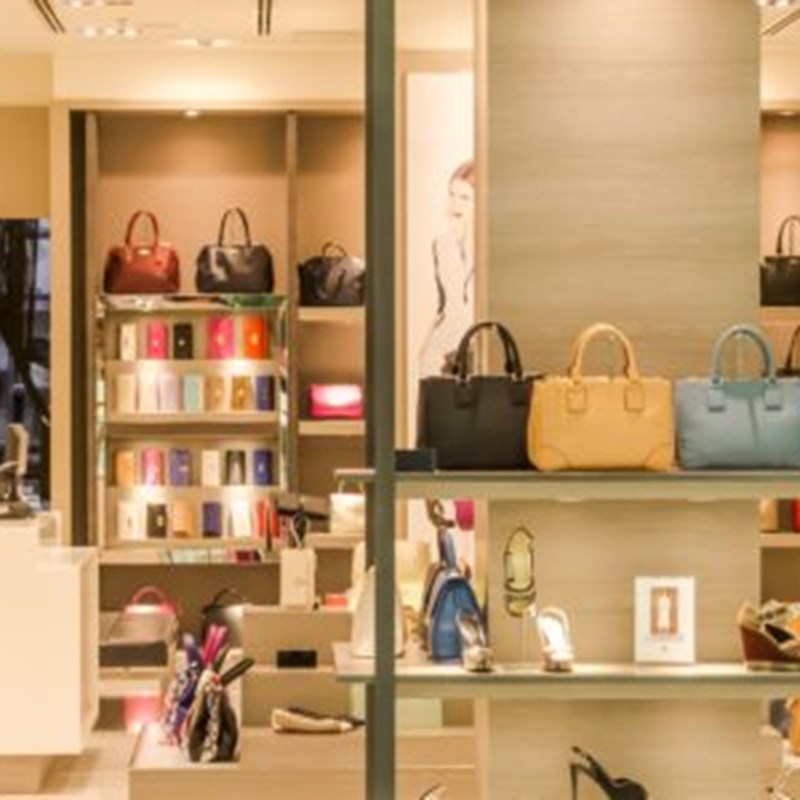
Pressure is building on the retail sector perhaps more than ever before. High street chains are folding and statistics show that online shops are starting to pose a real threat to traditional bricks-and-mortar stores in terms of sales figures. In today’s digital economy, the high street needs to find ways to compete with and capitalise on e-commerce if it is to survive. And it is possible that connected technology holds the answer. Read on to find out more about how the digitalisation of physical stores could be the key to the future of retail.
Making the decision to embrace connected technology sets forward-thinking retailers apart. IoT-connected retail solutions enable retailers to improve stock inventory and availability, personalise offers for individual customers, reduce queues and improve customer service – in short, digitised retail provides an optimised customer experience and smoother inventory and shop management.
Personalised adverts and offers
Digital signage, facial recognition software, and on-the-edge data analytics provide retailers with the opportunity to offer discounts and incentives based on individual customer preferences and shopping habits. Facial recognition software determining age, gender and physical characteristics enable automated personalised and targeted adverts in and out of store. Similar technology can even be used to make individualised upselling suggestions in the form of an AI-powered personal stylist in the changing room.
In-store interaction and connected POS
Connected technology provides customers with on-the-spot facilities to help them access further product information, make stock enquiries, and order online in store. These features can be delivered via a mobile app, or through connected changing room mirrors, or interactive screens around the store.
Eliminating queues and freeing up staff to enable them to deliver better customer service can be made possible through mobile POS and payment technology – bringing some of the time-saving benefits of online shopping into the physical store, whilst trumping e-commerce with the provision of personalised customer service by a human or even a robot.
Connected shelves and a connected POS system that inform digital signage in and around the store give retailers and their customers real-time updates on stock levels, ordering times, and product information. Connecting all gateways and end devices helps retailers to achieve higher levels of inventory accuracy, which transfers to their customers in the form of an improved shopping experience.
Personalised shopping, data & insights
Creating personalised, individualised interactions with customers could be another draw to get them back to the high street. Through AI-powered data analysis, retailers can react to individual customers’ preferences and shopping behaviours by making tailored suggestions and personalised offers and discounts in real time. Analysing browsing and purchasing behaviour can give retailers valuable insight into the customer journey, which can only increase sales and give the customer a better overall shopping experience. This already works well online and could be extended in-store.
Connecting assets and retail infrastructure is a simple way to gain valuable customer data, and it is easy to do – attaching intelligent sensors to existing assets and systems gives retailers access to data that previously wasn’t available, and incorporating new IoT solutions can increase the value of these data and insights. With accurate insights into customer behaviour and preferences, retailers can modify store layout, take the guesswork out of product promotions, and learn from past errors without them being too costly.
Incorporating IoT into retail solutions could give retailers the edge they need to beat the online-only e-commerce giants at their own game. Physical stores have the capacity to deliver an optimised customer experience above and beyond what is possible for their online counterparts. Secure and resilient wide-area network (WAN) connectivity to cloud-based services incorporating AI and machine learning technology is absolutely essential to allow retailers to deliver consistent and optimised levels of customer service with no outage. Cellular is increasingly fulfilling this connectivity role, certainly as a secondary failover option, but often as the primary choice in-store.
Connected technology has the potential to give physical retail stores the chance to thrive in the digital era, helping them to deliver a personalised service to customers, increase sales, and improve stock management. Through embracing technology, physical stores could find the answer to saving the high street once and for all.